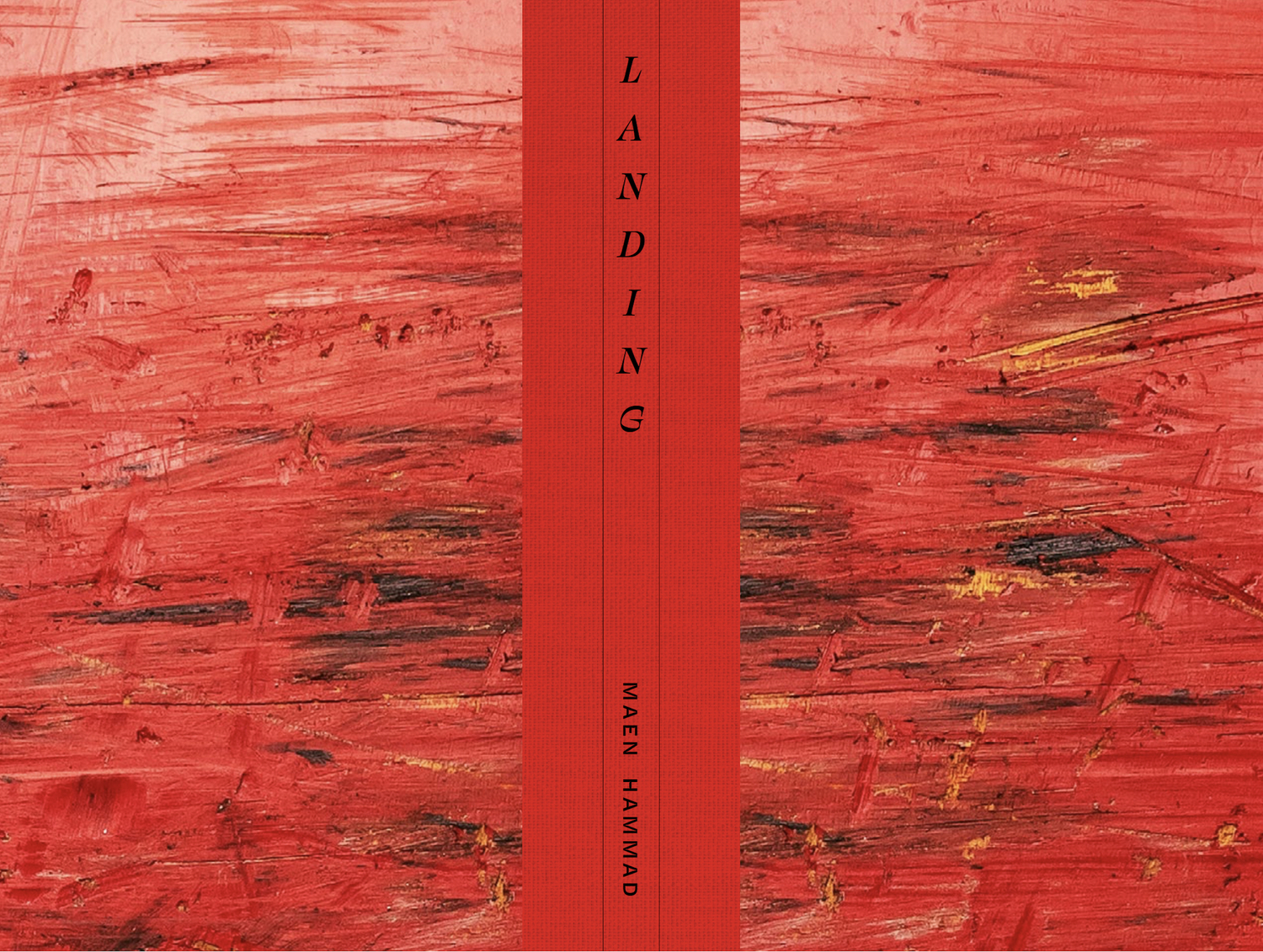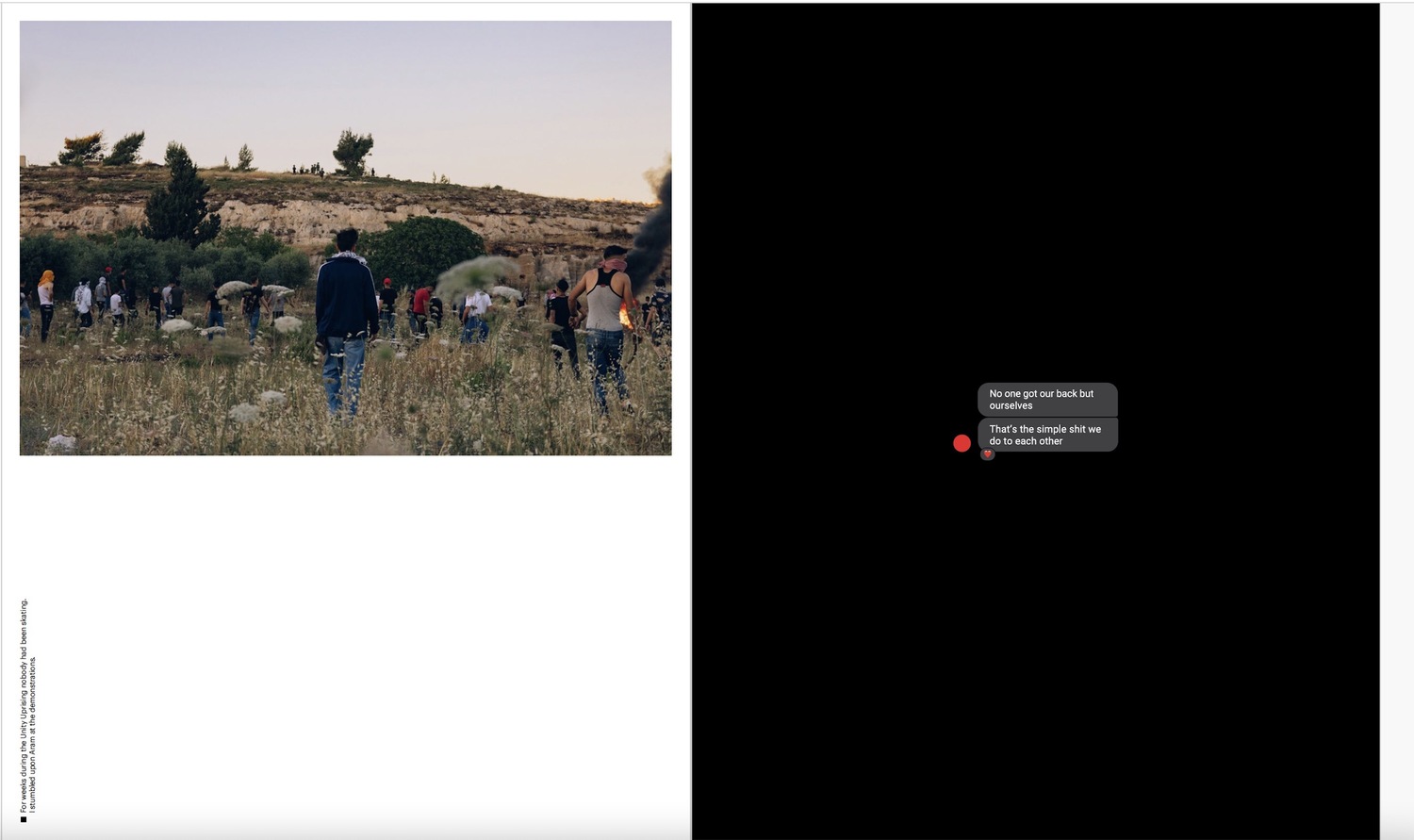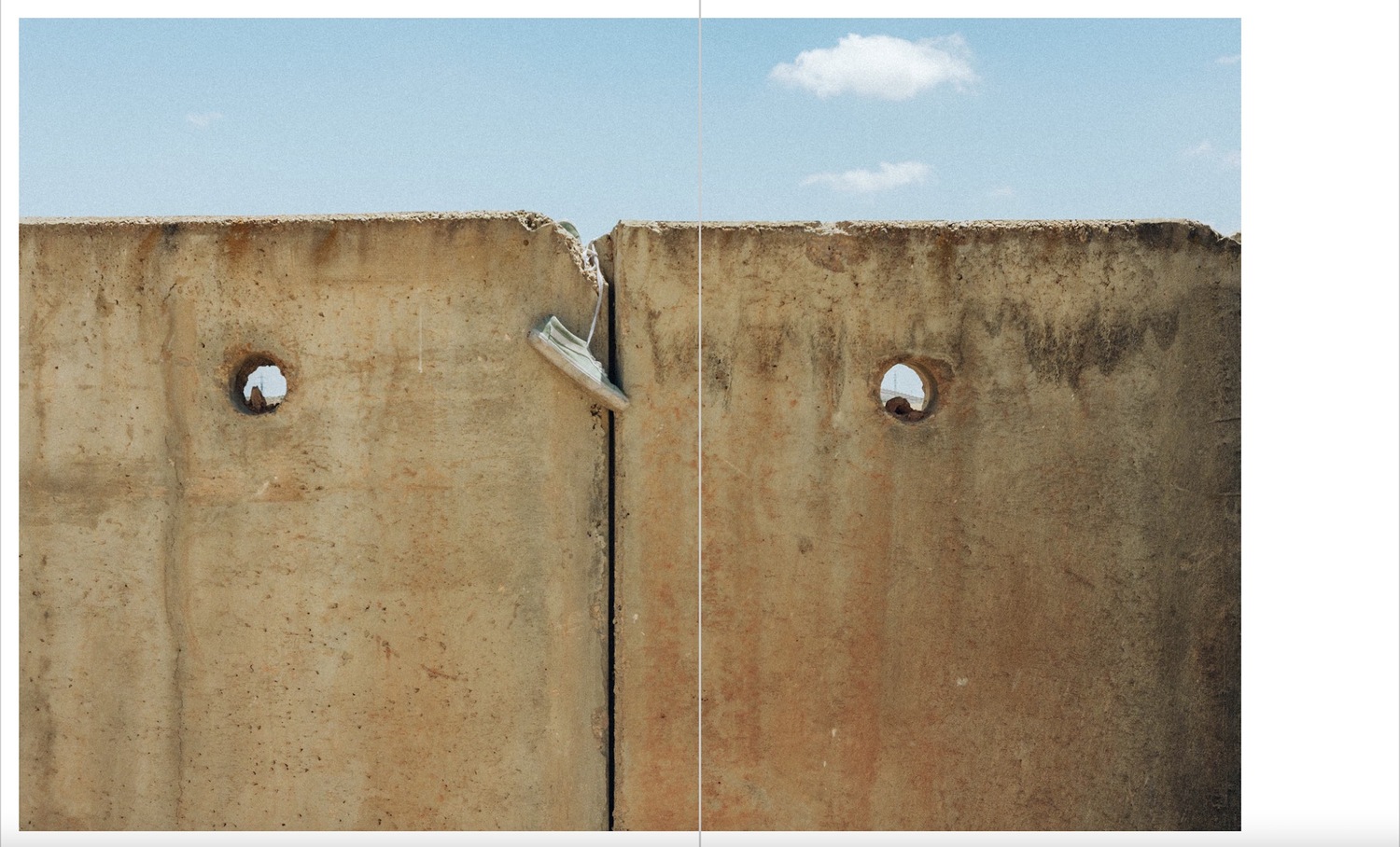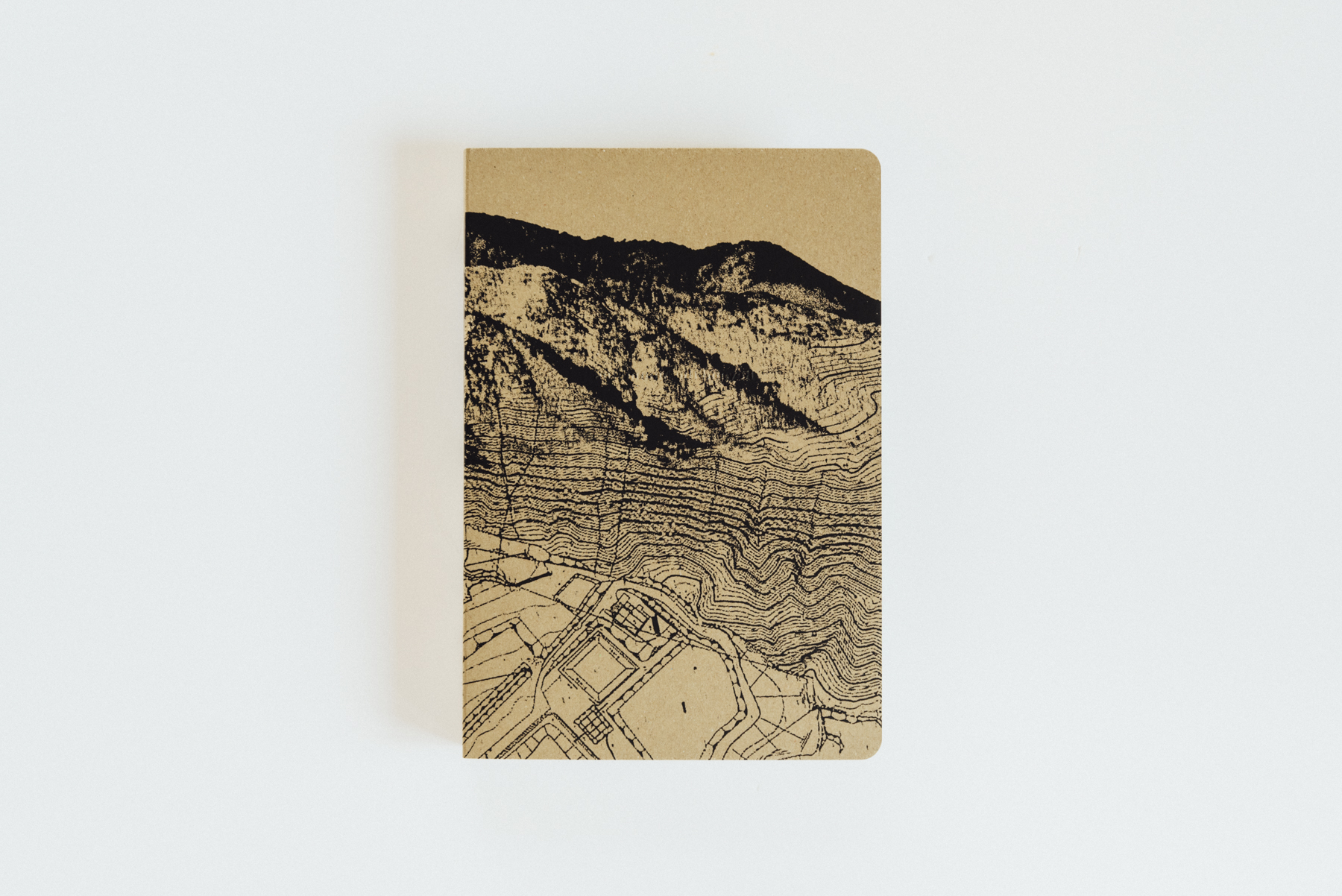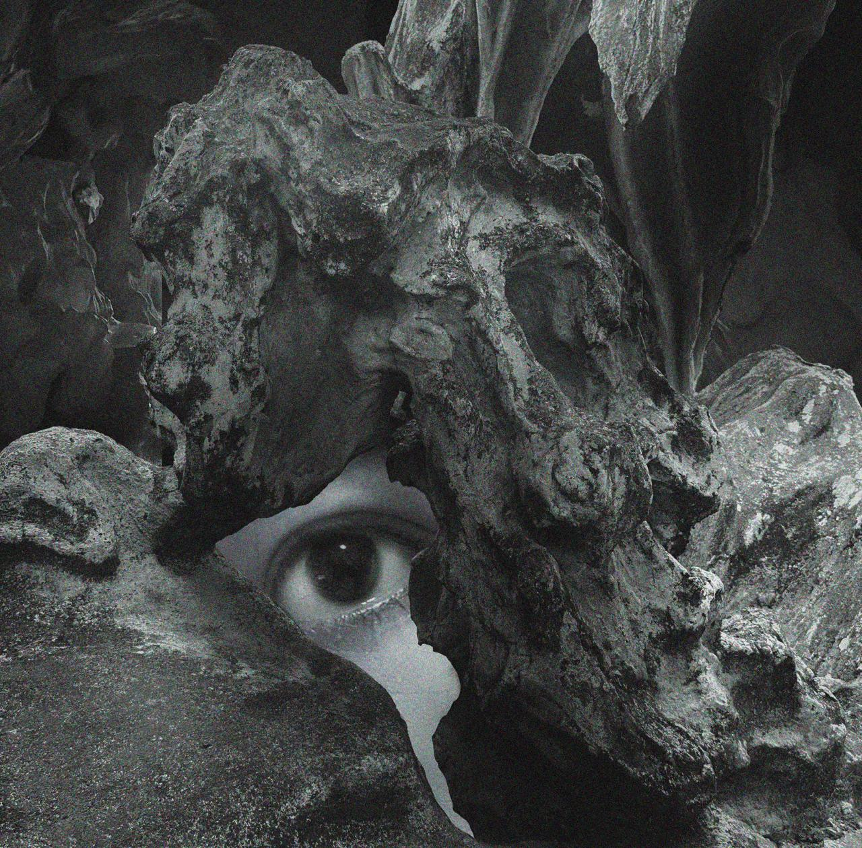“Landing” is a collaborative photo-documentary project that looks at the purposeful escape skateboarding provides to a handful of Palestinian skaters—including myself. This purposeful escape is a radical form of resistance to a headspace of violence, situated in the layers of Israeli domination in Palestine.
This multidisciplinary work is a hypothesis around the power of skateboarding, space, and resistance. I have been documenting this scene since 2015 and I am in the process of releasing it as my first photo-book. The reader is pulled into the interpretive dance of skateboarding and the built environment. They see the assembling of a community, and most importantly, a centering on the rebellious imagination. The project includes critical text, poems, and interviews which intersect, interrupt, and dance with time, while the shadows of the project live in the photos. The combination provides the full picture: the Palestinian refusal to succumb.
This long-term work documents the transformative power skateboarding holds for Palestinians, as well as an opening into the lives and culture of a group of Palestinians living under Israel’s colonization and system of apartheid. At a time where Palestine is everywhere, this work communicates the weight, dignity, and humanity Palestinians hold through their joy and resistance. As well as trying to find an answer to my hypothesis on the feasibility of escape and the undocumented story of Palestine: the mundane yet revolutionary underpinnings of young freedom.
Inspired by the profound relationship between skateboarding and space, the work prods at the juxtaposition of violence and joy and serves as an encounter with the dominant narratives and artistic forms suffocating Palestine.
This project is the first photo-book and documentary work providing insight into the alternative mental state of young Palestinians. It does this by giving voice to the intimate Palestinian skateboard community, as it is informed by them. “Landing” is carefully designed as an intentional confrontation with the traditional photo-book, where language is removed, and context is assumed. Instead, this book forces context to harmonize with powerful imagery, giving two parallel narratives floating with contradictions, humor, and pain.



